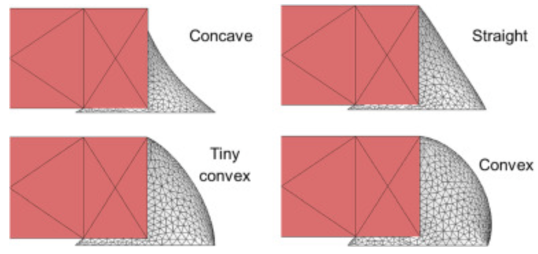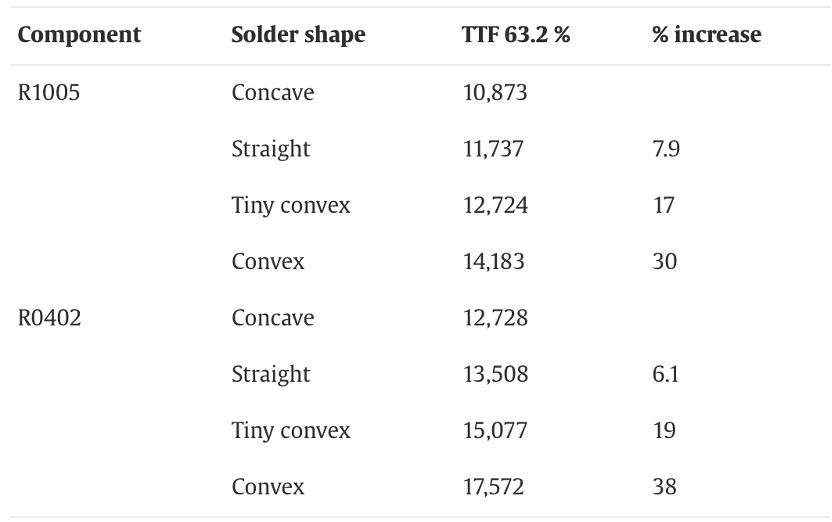Optimizing Solder Paste Shape to Improve Resistor Fatigue Life_Shenzhen Fitech

Optimizing Solder Paste Shape to Improve Resistor Fatigue Life_Shenzhen Fitech
It is well known that the development of electronic technology has put forward higher requirements for solder density and miniaturization of solder joints. As the volume of solder joints decreases, the openings of stencils used for solder paste printing must become smaller. As the size of the steel mesh opening is adjusted, the volume of solder paste on the solder pad will change, resulting in the solder joints evolving into different shapes during the reflow process. Cracks will form between the components and PCB due to the different coefficients of thermal expansion during thermal cycling. However, the fatigue life of solder joints can be improved by optimizing the shape of the solder paste after reflow.
Experiment Design
In order to understand what solder joint shapes can achieve higher fatigue life of solder joints, Ha et al. used a specific thickness of stencil to print solder paste on resistors R1005 and R0402. By calculating the solder shape corresponding to the stencil opening area, they prepared four solder joint shapes, including concave, straight, tiny convex, and convex (sorted from low to high solder paste quantity), to further determine the impact of solder shape on reliability.

Figure 1. Solder joints with different shapes.
A thermal cycling test is an important means to verify the fatigue life of solder joints. The conditions for the thermal cycling experiment used to test the reliability of R1005 and R402 were -55℃ to 150℃.
Result
In this experiment, infinitely large resistance was considered as solder joint failure rather than a 20% resistance change rate. From Figure 1, it can be seen that a concave shape has the shortest failure time. The corresponding failure time of R1005 and R0402 was only 10873 cycles and 12728 cycles, respectively. On the contrary, when the solder shape is convex, the failure time of the resistor is the longest. From the data, the failure time of convex shapes is 30% longer than that of concave shapes.
Table 1. The effect of solder paste shape on the failure time of R1005 and R0402.
Due to the different coefficients of thermal expansion, solder joints, and resistors are more prone to fatigue. The thermal shock cracks in most resistance samples propagate along the boundary of the resistor terminals. When the amount of solder paste increases, the height of the solder joint increases, leading to a longer time for the solder joint to crack.

Figure 2. SAC305 solder joint fatigue failure images; (a) Concave, (b) straight, (c) tiny convex, (d) convex.
Fitech's solder paste
Shenzhen Fitech is committed to the research and production of ultra-fine (T6 and above) printing solder pastes. Fitech’s printing solder paste has stable viscosity, long stencil life, excellent printability, and can adapt to stencils with different thicknesses and opening sizes. Welcome the customers with needs to contact us.
Reference
Ha, J., Lai, U.Y., Yang, J.B., Yin, P.C. & Park, S. (2023). Enhanced solder fatigue life of chip resistor by optimizing solder shape.Microelectronics Reliability, vol.145.

















 Back to list
Back to list



